Future Treasures: The Wide World’s End by James Enge
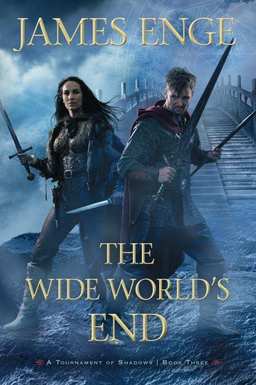 Turn off the television, unplug the phone, and disconnect the wireless. We just received an advance proof of The Wide World’s End, the latest Morlock novel from James Enge and our friends at Pyr Books. Don’t bother us for two days, okay? Unless you’re going to send food.
Turn off the television, unplug the phone, and disconnect the wireless. We just received an advance proof of The Wide World’s End, the latest Morlock novel from James Enge and our friends at Pyr Books. Don’t bother us for two days, okay? Unless you’re going to send food.
The tale of the early days of Morlock Ambrosius — master of all magical makers, wandering swordsman, and son of Merlin — concludes!
From beyond the northern edge of the world, the Sunkillers (undying enemies of everything that lives and breathes and is an individual) are reaching into the sky of Laent to drain out its light and warmth. Their hope is to scrape sky, land, and sea clean of mortal life and return to where they once dwelled, before the first rising of the sun. Against them stand only the Graith of Guardians, defenders of the peaceful anarchy of the Wardlands. But the agents of the Sunkillers are abroad even in the Wardlands: plotting, betraying, murdering among the Graith.
Married now for a century, Morlock Ambrosius and Aloê Oaij will take different paths to counter the threat. As Aloê ferrets out the enemy within the Graith, Morlock joins forces with his sister, the formidable Ambrosia Viviana, and crosses the monster-haunted plains of the deep north to confront the Sunkillers in their own realm. Morlock and Aloê think their parting is temporary, but it is final. They may or may not save the world, but they will not save each other, or themselves.
The Wide World’s End is the third volume of A Tournament of Shadows, the origin story of Morlock Ambrosius. It follows A Guile of Dragons (2012) and Wrath-Bearing Tree (2013). James’s tales of Morlock first appeared in Black Gate magazine, starting with BG 8.
The Wide World’s End will be published by Pyr Books on February 17, 2015. It is 409 pages, priced at $18 in trade paperback and $11.99 for the digital edition. The cover is by Steve Stone.
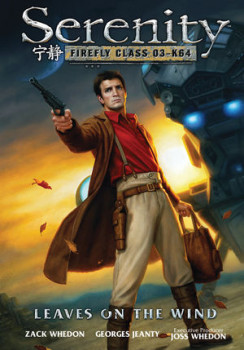
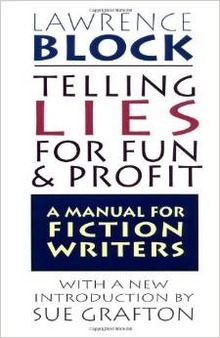

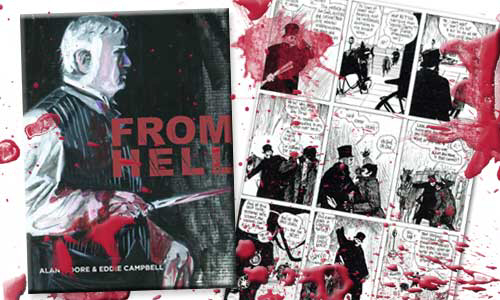

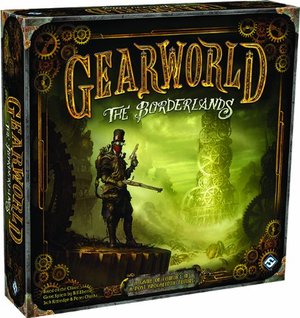

 It’s been a while since I posted anything here at Black Gate. There’s no one reason; a number of things have kept me busy or occupied, most recently a persistent head cold and ear infection. I mention this because being under the weather has indirectly to do with the following post. Firstly, being sick led me to watch some TV shows which I now want to write a bit about. Secondly, my mental state shaped the way I thought about what I experienced; I can only hope now to capture the sense of coherence I had then. This essay will be more shapeless than usual, I’m afraid, an attempt to explain the connections that drifted through my mind between Alan Moore, Doc Savage, and Scooby Doo, among others.
It’s been a while since I posted anything here at Black Gate. There’s no one reason; a number of things have kept me busy or occupied, most recently a persistent head cold and ear infection. I mention this because being under the weather has indirectly to do with the following post. Firstly, being sick led me to watch some TV shows which I now want to write a bit about. Secondly, my mental state shaped the way I thought about what I experienced; I can only hope now to capture the sense of coherence I had then. This essay will be more shapeless than usual, I’m afraid, an attempt to explain the connections that drifted through my mind between Alan Moore, Doc Savage, and Scooby Doo, among others.